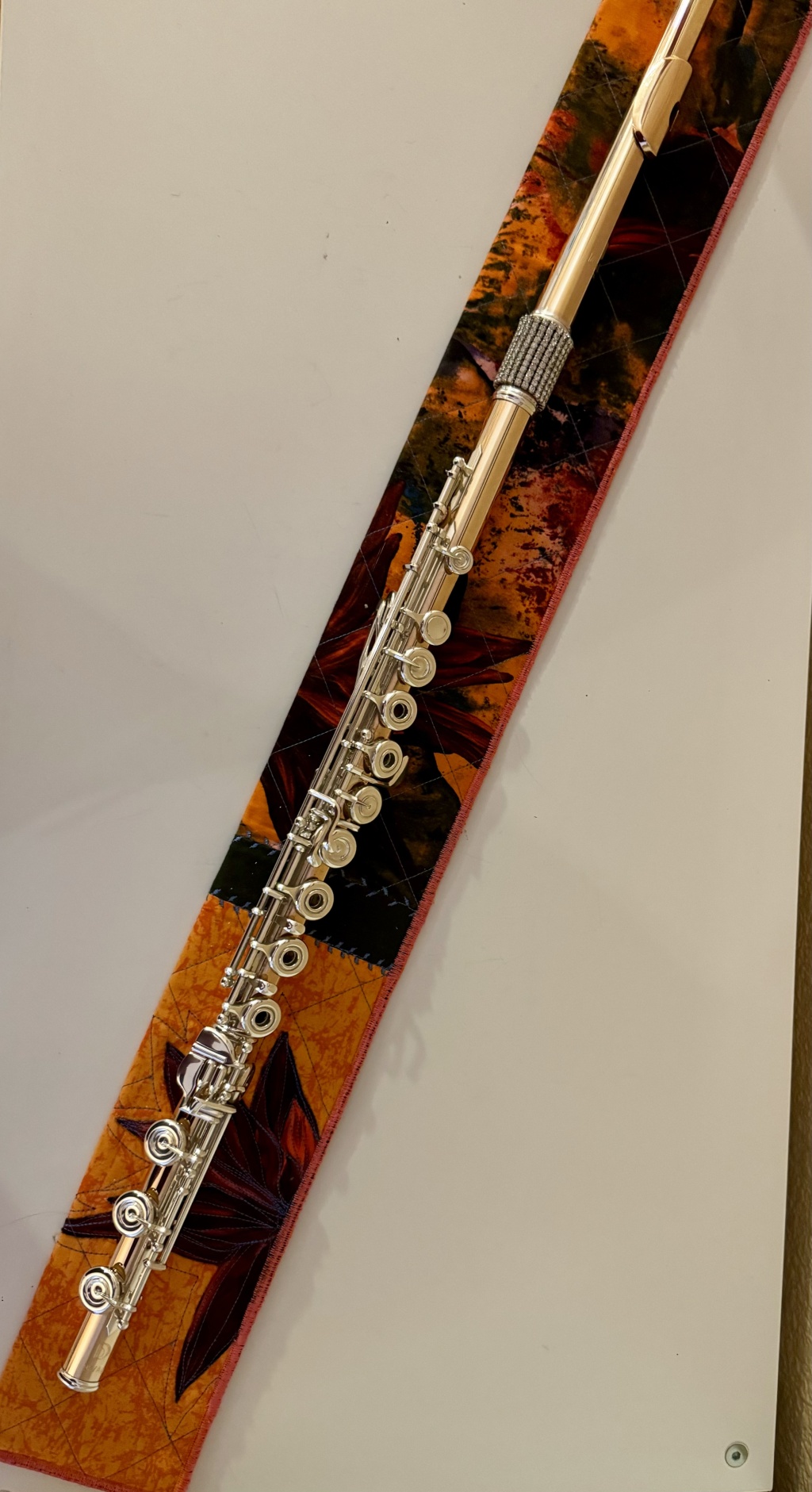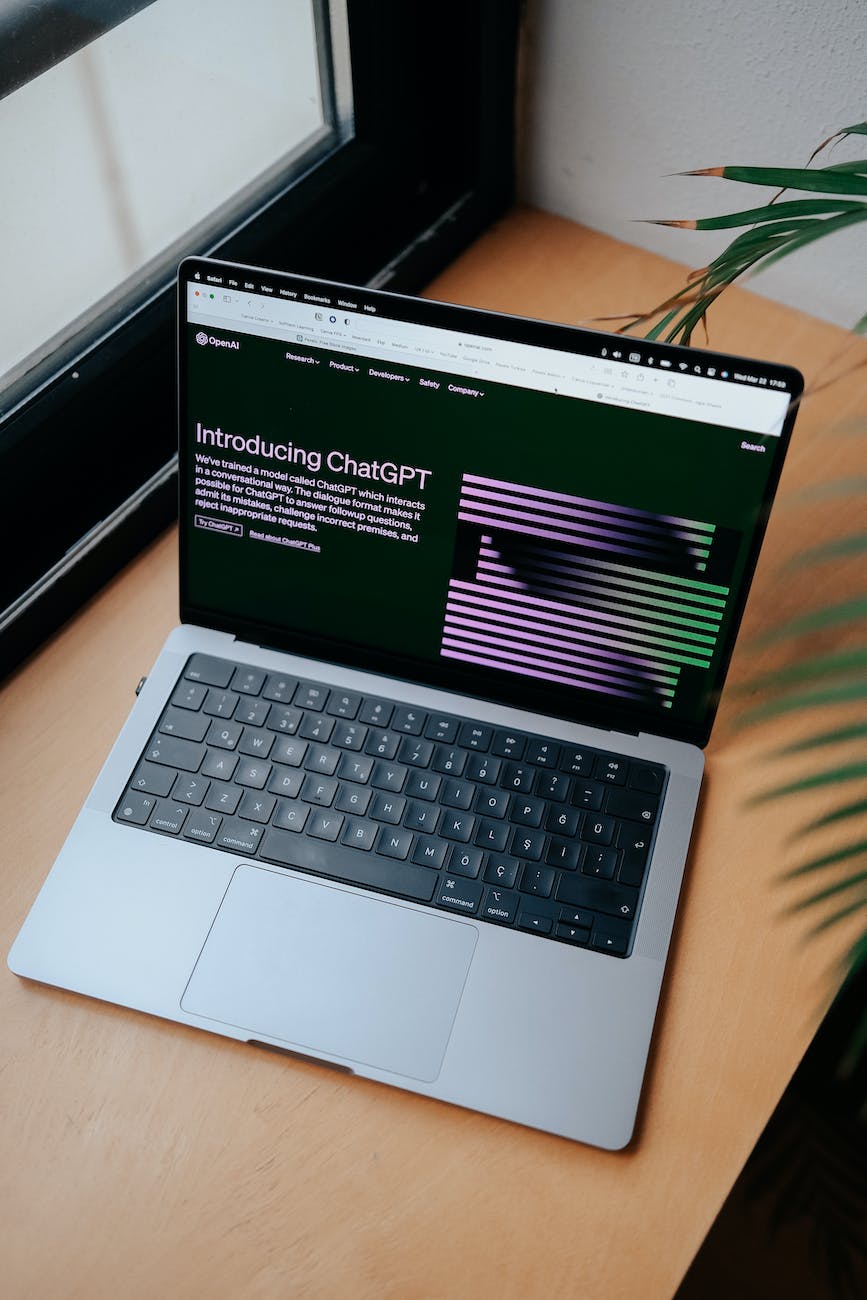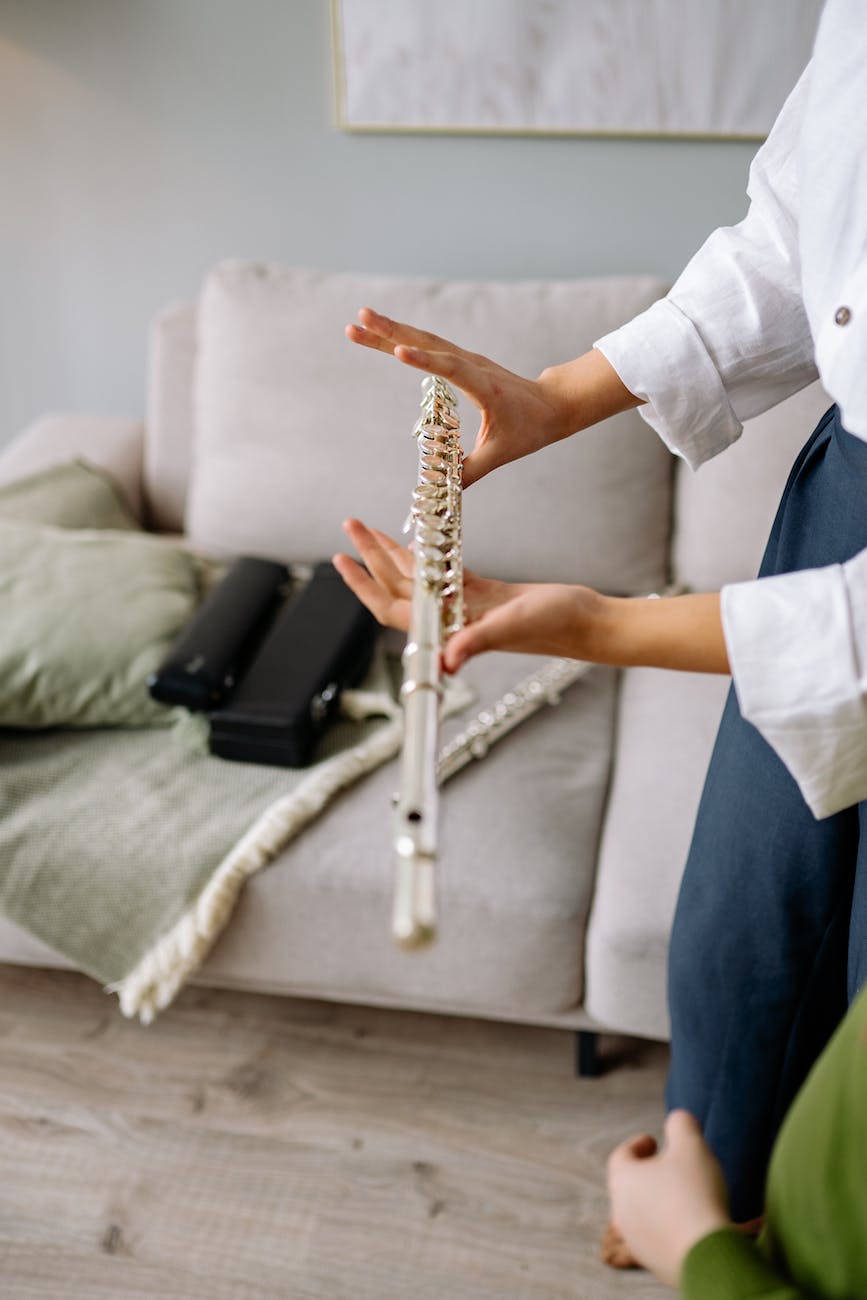Welcome to all things Dr. G (aka Rachel Taylor Geier)! Looking for a super fun flute teacher? An expert blogger to give your writing projects a total glow up? An experienced flutist to help you find your niche? You’ve come to the right place! Let’s collaborate!
Rachel Taylor Geier














